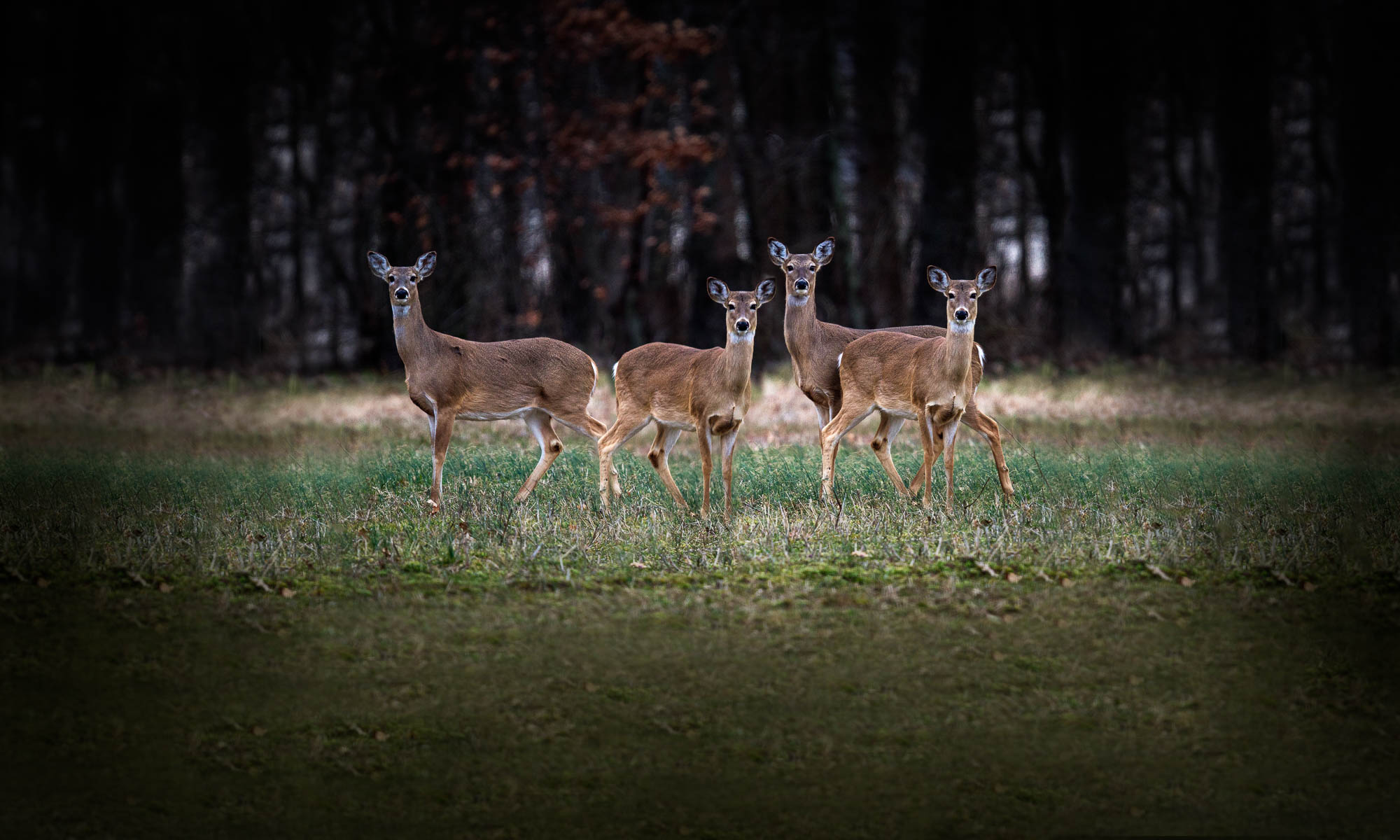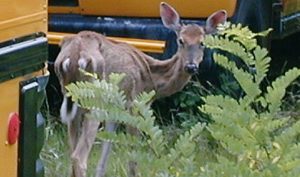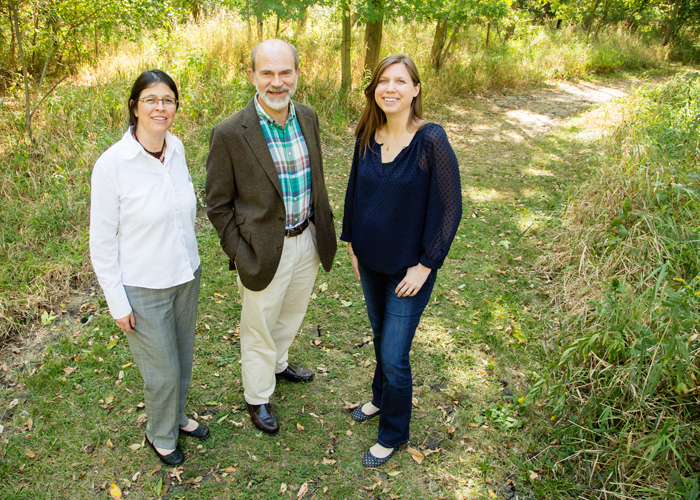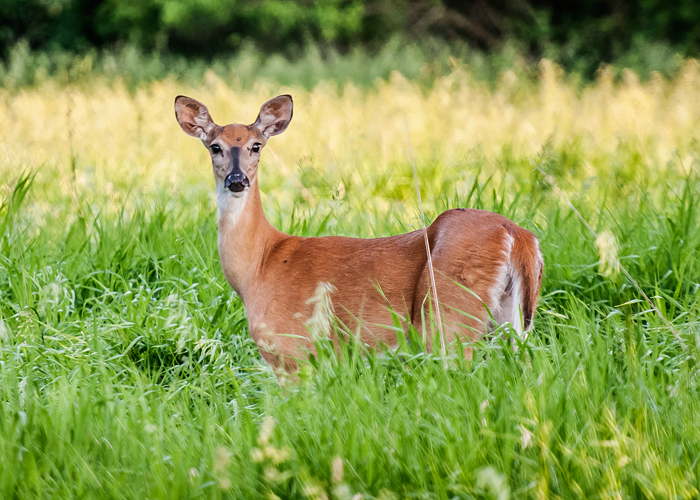“If you struggle with the perception that, as a state, we too seldom get things right in Illinois, let me call your attention to the success we’ve had in managing a life-and-death wildlife issue that’s causing far more trouble in neighboring states, Chronic Wasting Disease (CWD).”
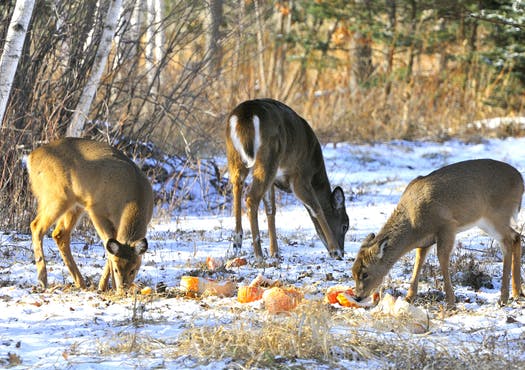
” I’d like to be able to end this column right here, as a feel-good story, but unfortunately, I can’t. That’s because the Illinois Legislature is currently considering a bill (SB2493) that would undermine IDNR’s success managing CWD by creating conditions that would promote the transmission of diseases among wild deer.”
Read the whole story at The News-Gazette, here.
More news about deer feeding (Star Tribune) here.
